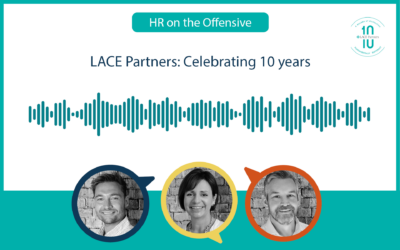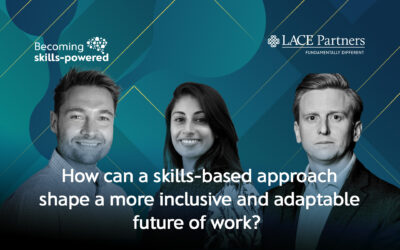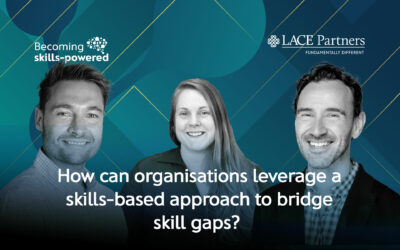Your employees won’t be happy all the time and you shouldn’t expect them to be. On an individual and a team level there will be times of pressure and friction and also times where the tools at hand let them down. There will be times however, when you are able to improve experiences for employees in your workforce through improving your structure, policies and flexible offerings which matter most to them.
What do we mean by employee experience and flexible working?
Employee or people experience strategy includes evaluating the stages and touchpoints an employee has during their time with your organisation. These may include significant moments such as their first day, or more frequent smaller interactions, like booking time off. The goal is to identify the moments which have the biggest impact on employee’s experiences and design these in a way that meets (or exceeds) needs and expectations to create a positive connection between employee and organisation.
Employee Experience (EX) strategy can include broad, organisational-wide principles such as keeping the experience simple; but it is also effective when highly tailored for different types of employees. For example, when applying an EX lens to onboarding, you may choose to consider what a positive experience may look like according to culture, local customs, life stage, and more.
The increase in momentum around flexible work has added further variables but also opportunity in this space as it opens many doors in terms of accessibility. By flexible working, we refer not only to hybrid-working vs office-based work but also new trends around when employees work and how we measure their performance.
Where can you start in making your work culture more flexible?
Listening
Are your employees happy with the level of freedom they have at work currently? What can you do to improve engagement? It may sound obvious but it’s important to ask, not tell when it comes to flexible working. Businesses with a structured feedback programme get higher engagement, and in return you will also get a more reliable stream of information.
Your listening mechanisms need to be tailored to your workforce and embedded in your wider people strategy. If you have a large workforce split across locations or roles, you may need to design alternative employee listening approaches for each. For example, a mobile-first approach may be more appropriate for frontline workers whereas if your employees are centralised you may be able to facilitate feedback workshops.
Tailoring
Take time to understand the different personas within your business and analyse their feedback on what matters most to them. For those trying to work in a busy house share or with young children having the option to go into an office may be important for productivity. For others who may have moved out of the city a mandated return to the office is a huge push factor.
Typically, being able to drop your children off at school and start work at 10 or take a two-hour lunch has been seen as a luxury afforded to office-based workers. However, organisations are increasingly looking at how to extend this flexibility to frontline employees formally.
It has been suggested via a recent trial that employers in retail, care, construction, nursing and teaching sectors could see a return on investment (ROI) for flexible working within just three years. This financial return has been calculated via the reduction of sick days and staff turnover which sits alongside glaring improvements to overall employee wellbeing in these sectors.
Variety
Having variety in the ways your employees can interact with your business will allow individuals and teams to piece together the employee experiences that suit them. Although more than 80% of organisations now operating as hybrid-working the details are still being ironed out and stress tested.
Flexible working is intrinsically linked to wellbeing and policies will often be interlinked. HubSpot for example has launched a suit of initiatives to help employees with burnout which include a global week of rest and no internal meetings on Fridays.
It’s also important to think about how your flexible working policy can also act a gateway for a more equal workforce. The pandemic proved that many roles previously considered as office or site based can be completed just as well (if not better) remotely. This opens opportunities not only to people with disabilities but also those with child or caring responsibilities that limit their ability to commute.
Pacing
Flexible working culture cannot be rolled out overnight and it will also take time to collect the feedback required to make the right decisions for your business. Even seemingly positive policies can have unexpected impacts, such as how unlimited holiday packages often actually result in major reductions in time off.
It’s also important not to over promise and under deliver your Employee Value Proposition, which we go into more detail on in this blog. If what you offer your employees fails to meet expectation it can result is dissatisfaction, so a measured approach is best.
If you have questions about how you can design and build flexible working policies in your organisation please reach out, we would love to help.






